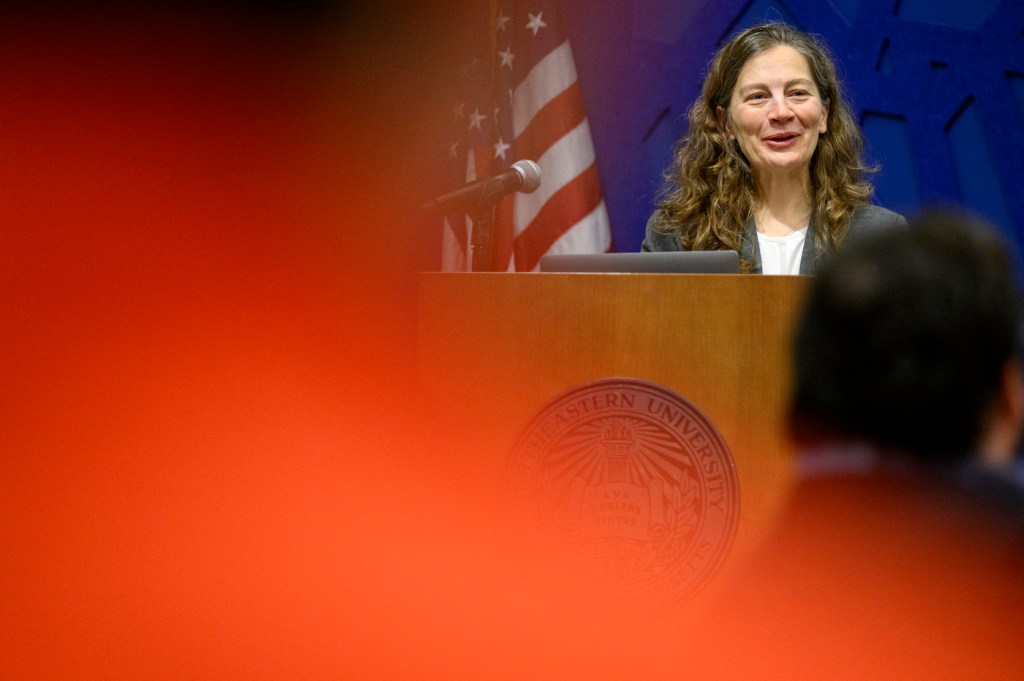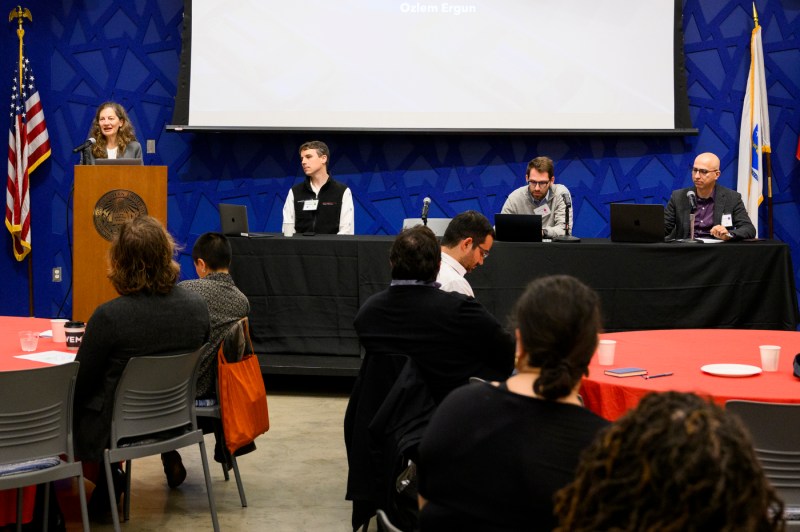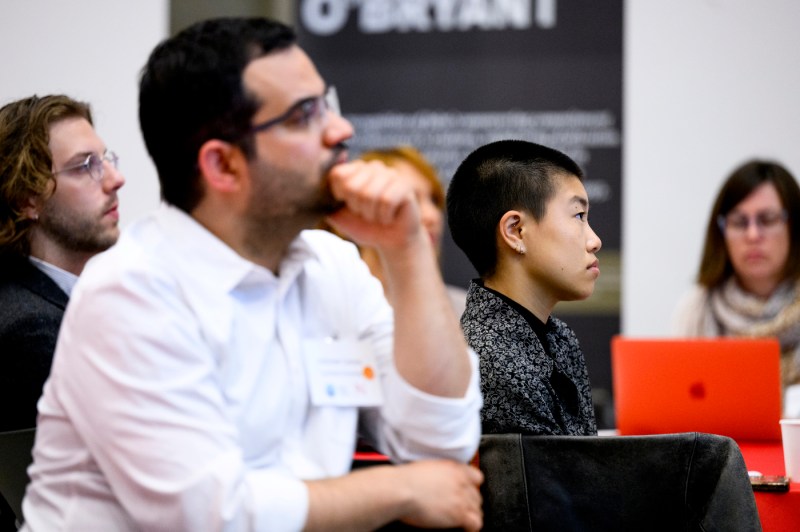Is gig work compatible with employment status? Study finds reclassification benefits both workers and platforms
Northeastern research presented this week suggests both workers and platforms may benefit from a move away from the independent contractor model to standardized employment.

As California legal challenges to the treatment and classification of so-called gig work continues apace, a Massachusetts trial over the same issues touched off this week.
Indeed, the fight over platform companies’ treatment of gig workers as independent contractors has become a central discontent of the modern “gig” economy, so-named because of the sheer number of independent contractors that populate today’s workforce.
But research suggests both workers and platforms may benefit from a move away from the independent contractor model to standardized employment.
An interdisciplinary team of researchers at Northeastern and Boston College studied the working behavior a U.S.-based package delivery platform, that facilitated so-called last-mile deliveries between retailers and consumers. The group found that as workers transitioned from independent contractors to employment status, their flexibility remained the same, while the company’s operational efficiency improved.
The research was presented on Thursday during a culminating conference event on Northeastern’s four-year, National Science Foundation-funded collaboration with researchers across Massachusetts aimed at better understanding “algorithmically-controlled work.”


The event comes as lawmakers in Massachusetts are weighing new regulations specifically targeting transportation and delivery network companies, such as Uber, Lyft and DoorDash — all platforms that use algorithms designed to optimize the ways drivers are matched with jobs.
Ozlem Ergun, a distinguished professor of mechanical and industrial engineering at Northeastern and co-author of the study, says the company was founded in California in 2012. Pursuant to a change in the law in 2020 known as California Assembly Bill 5, or AB 5, the same-day delivery company reclassified its state workforce from contractors to employees. The company operates in cities on both coasts, from San Jose, Santa Monica and San Francisco, to Chicago, Atlanta, Boston and Houston.
Ergun says the company embraced the mandated change at the time.
“They actually thought there might be some operational advantages to moving from contractual work to employee status in terms of planning, scheduling and reliability,” Ergun says.
Having previously developed algorithms for the company, Ergun saw an opportunity to ask the platform for more data, which she and her colleagues then used in the study. The operational data analyzed included the number of hours worked per delivery shift, the scheduled hours for each delivery shift, the number of packages delivered and the number of paid hours completed per driver, as well as each driver’s platform tenure.
Supplemented by interviews with workers and management, researchers looked at two points of comparison. First they compared the data gathered after the California law (AB 5) went into effect to data from cities outside California, where drivers were still treated as independent contractors.
“Given the impact that the COVID pandemic had on the growth of last-mile delivery operations nationally, this provides us with an important baseline comparison by allowing us to better differentiate between changes that were unique to California and those that impacted the entire company due to the vast increase in same-day delivery services due to stay-at-home orders,” the researchers wrote.
Second, the researchers compared the 2020 California data with that of previous years. Altogether, the dataset provided to researchers included 1,085 workers on the platform working in seven cities.
In November 2020, California overrode AB5 with a ballot proposition backed by Uber and Lyft known as Proposition 22. The California Supreme Court is currently reviewing the constitutionality of Prop 22.
Featured Posts
“Our approach helps to fill an important void in the literature: there are few data-driven assessments of the merits of the arguments for or against treating workers as employees,” the researchers write.
The problems plaguing the gig economy, from platform profitability to the treatment of workers, reach across disciplines. Hilary Robinson, associate professor of law and sociology at Northeastern, who spoke during Thursday’s event, has argued before state lawmakers that referenda and ballot measures should not be the mechanism by which platform regulation proceeds, citing the complexities of the problems and the need for greater technical expertise.
Speaking to a group of experts, Robinson said that the rise of the gig economy is “associated with, if not driven by … the emergence of pocket-sized computing in really the last 15 years of human history.”
Robinson notes how the rise of smart devices coincided with the 2008 financial crisis, a moment when many Americans were looking for new forms of employment. Out of those economic conditions, on-demand digital platforms started to emerge. The platform marketplace took off around 2011, with companies experimenting with an app-based business model — one that has transformed the services sector and the economy as a whole.
In addition to the California study, Ergun has played a key role in the ongoing interdisciplinary research at Northeastern into the app-based platforms. With a background in “network optimization,” Ergun says she has been working to create models that look to better optimize outcomes for all platform stakeholders — the platforms, the jobs and the workers themselves.











